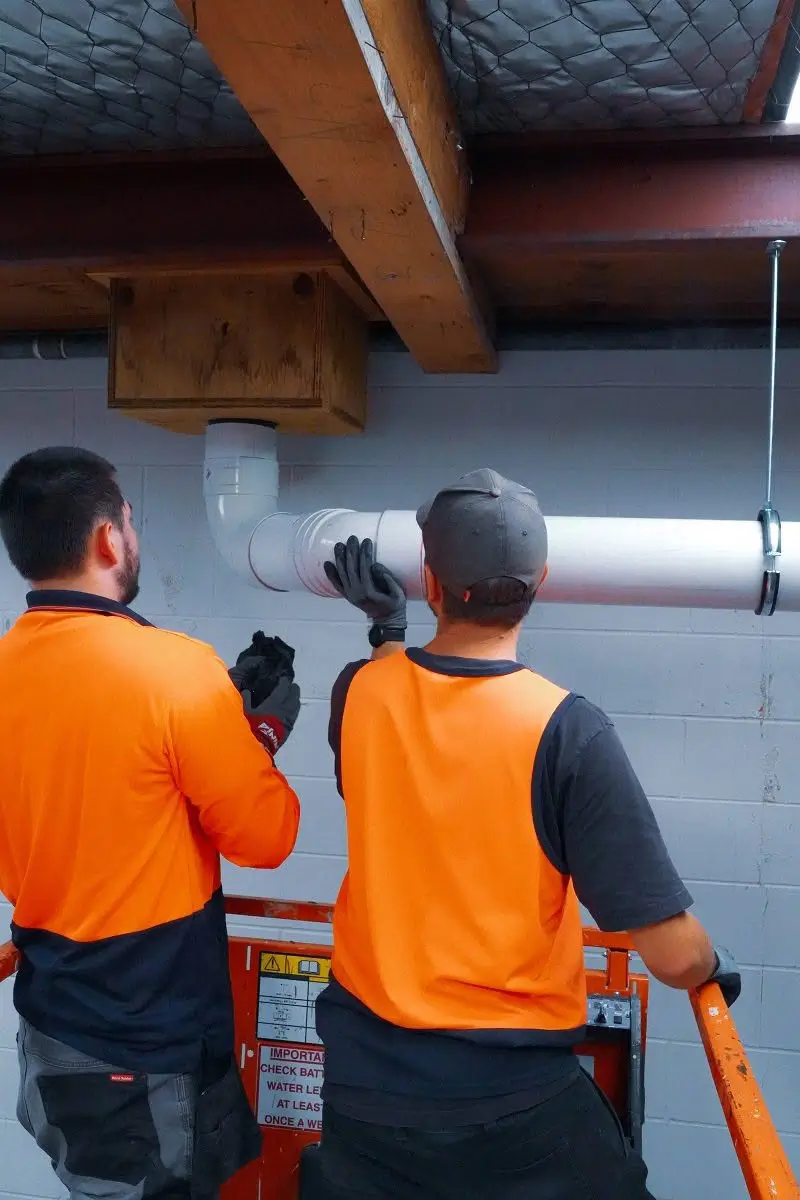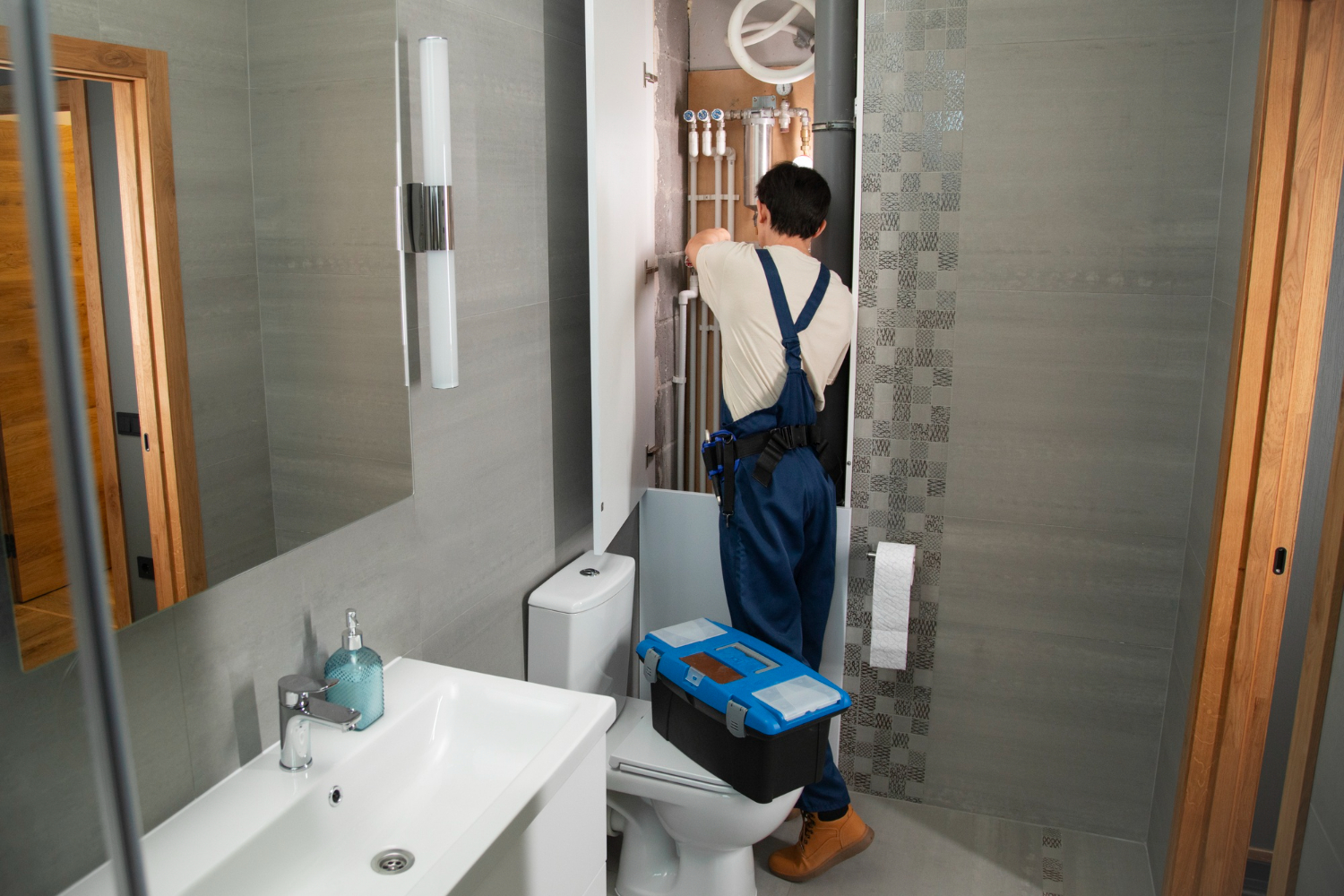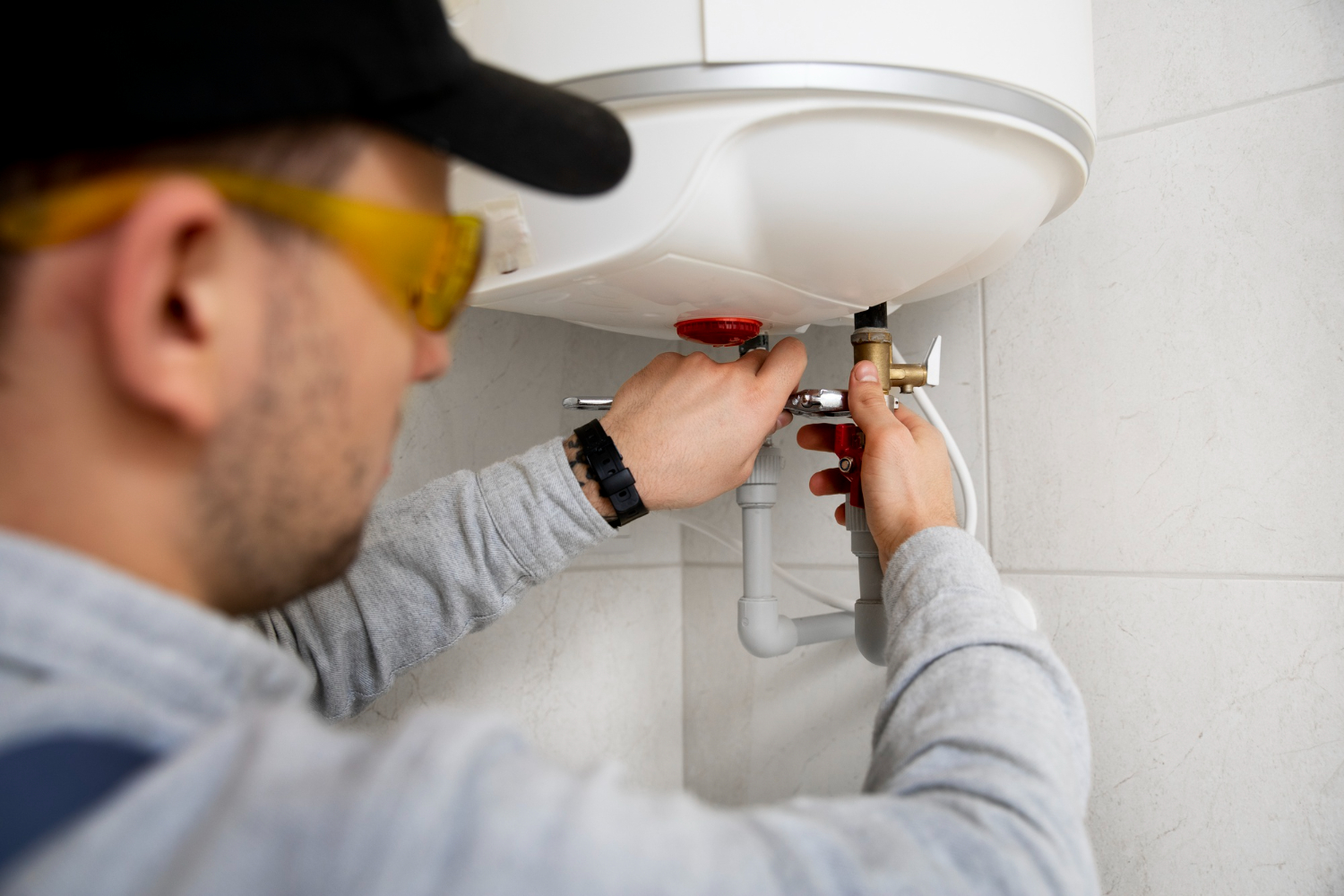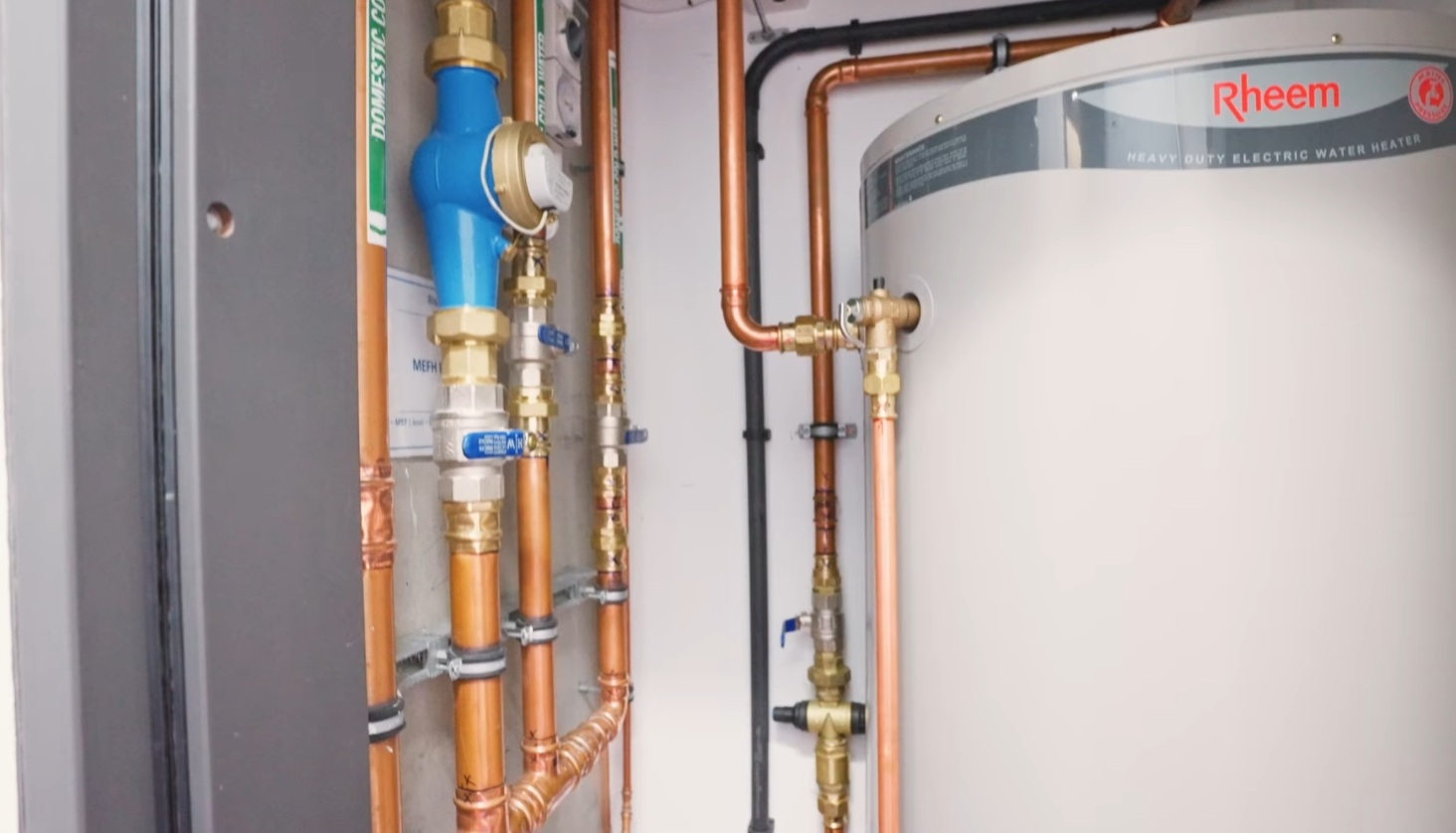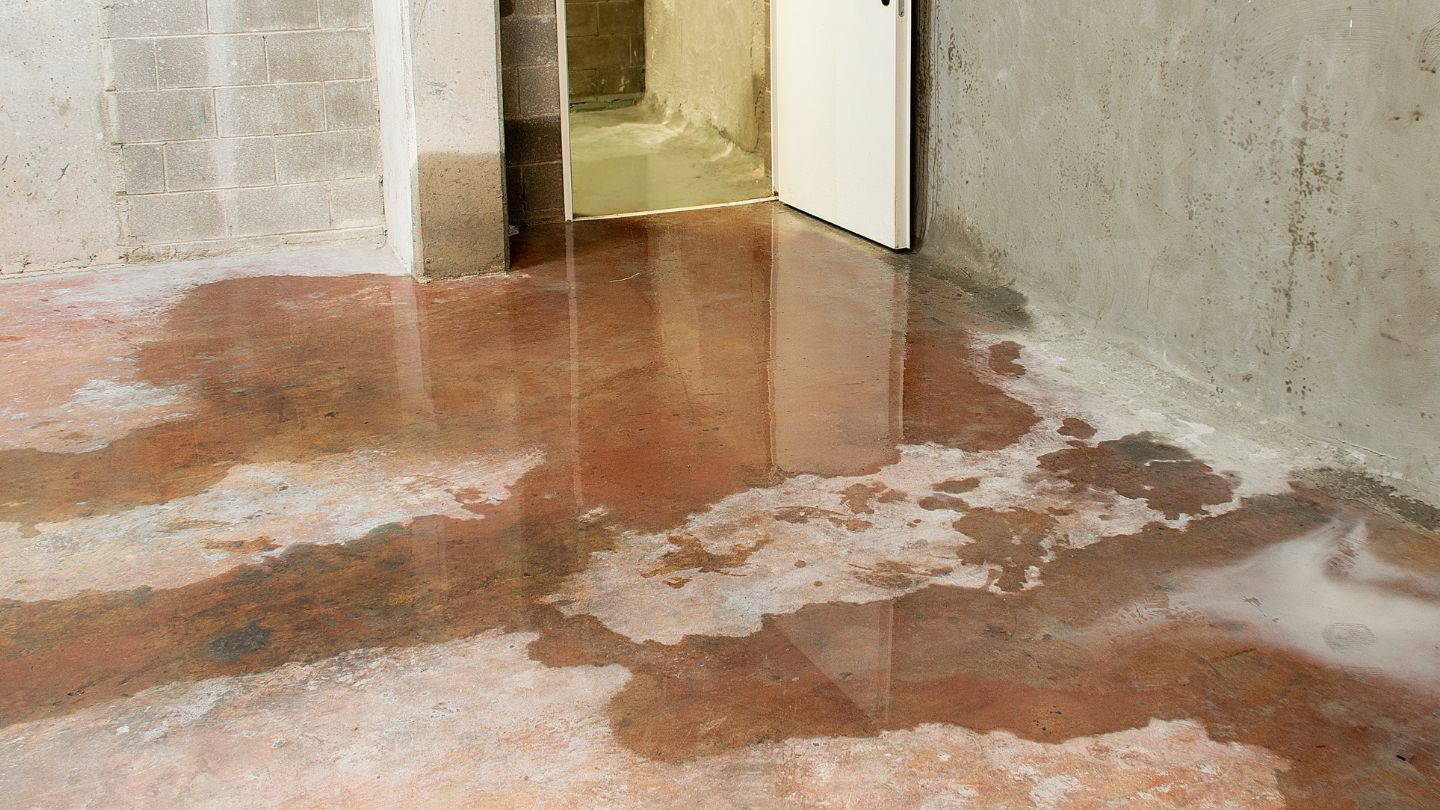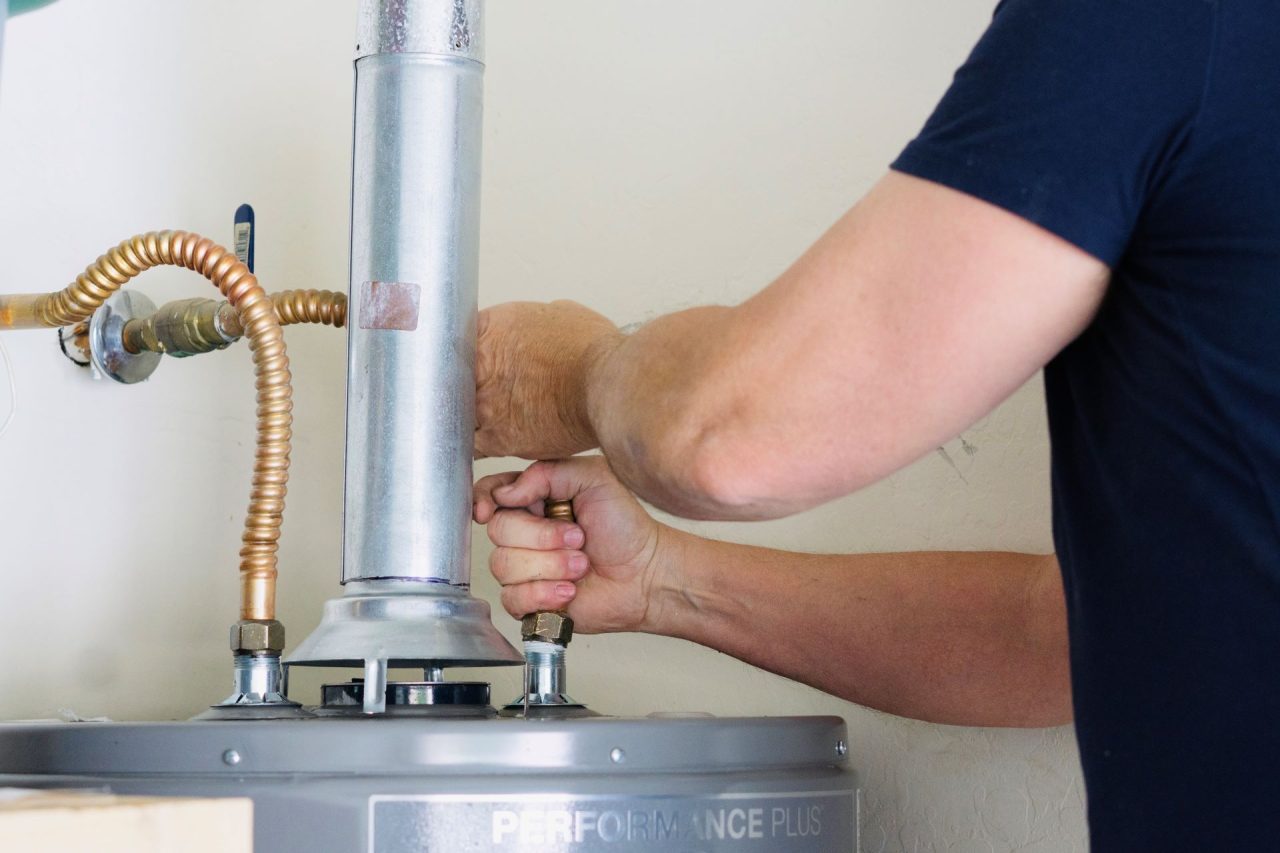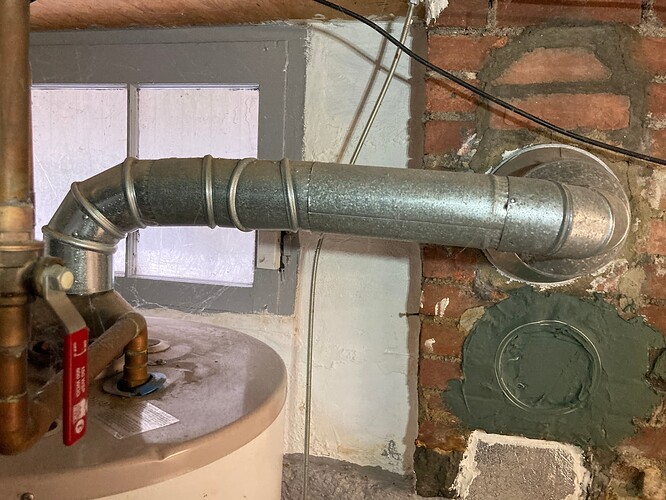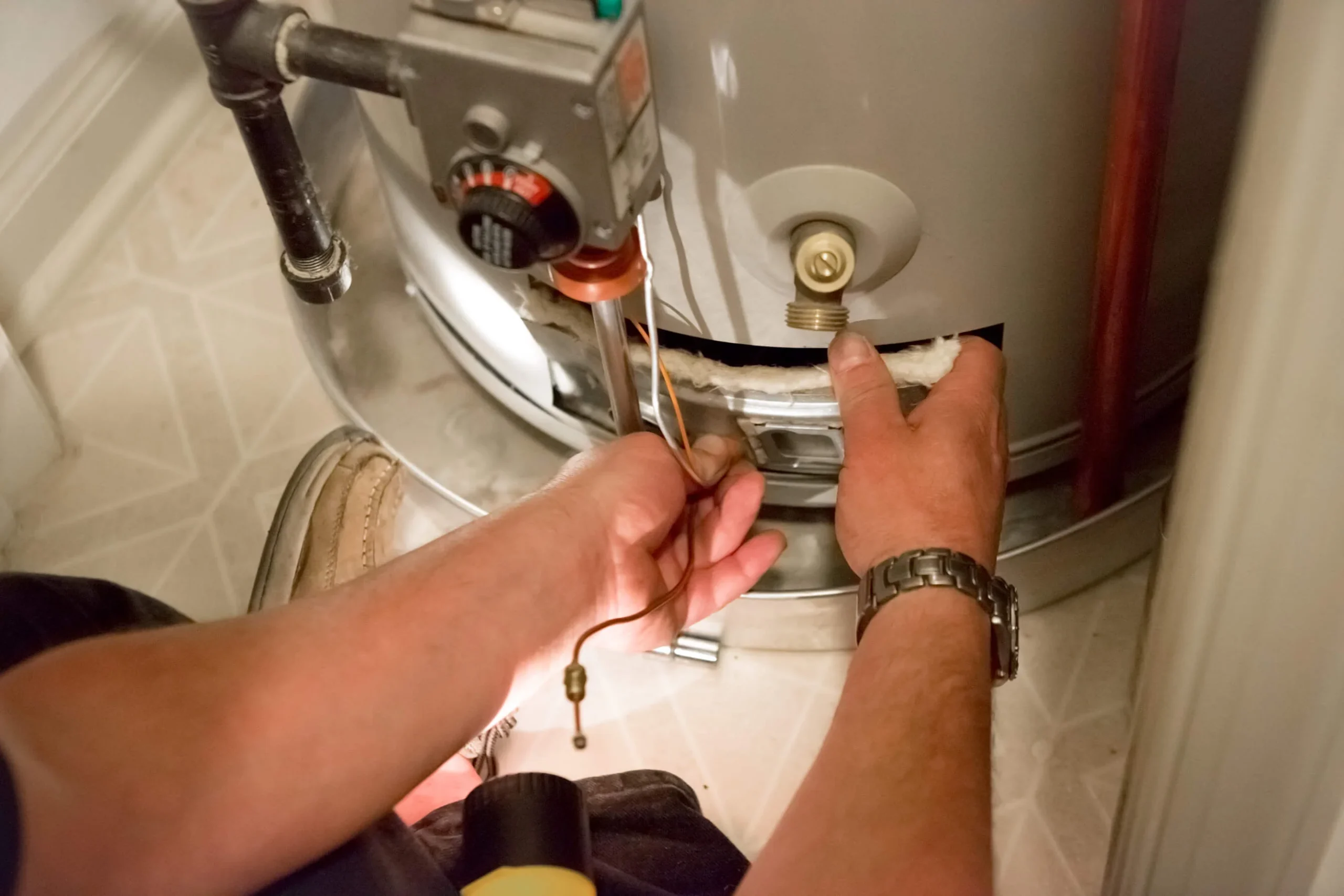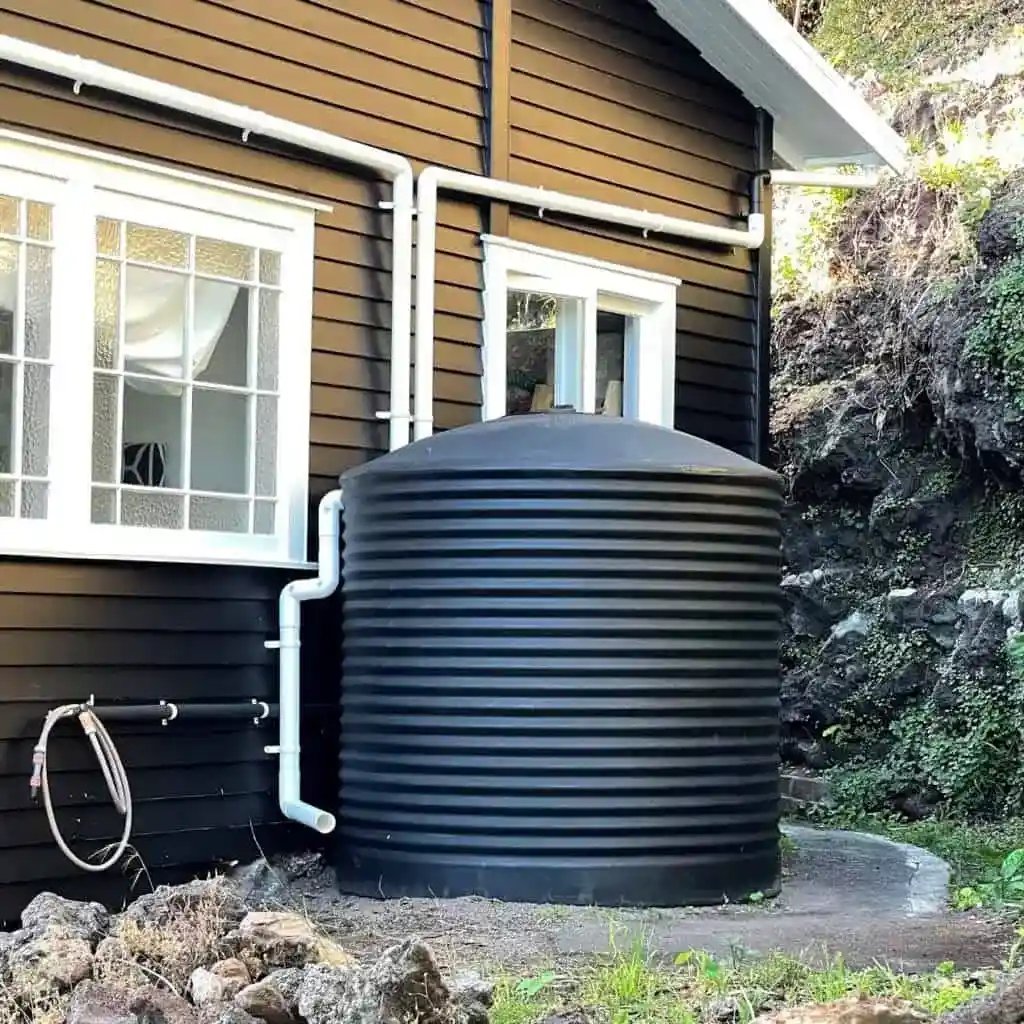If you’re wondering how to spot a water leak in Auckland, you’re not alone. Water leaks often stay hidden behind walls or under floors, creating expensive problems if left unchecked. A surprise spike in your water bill is just one clue that something may be amiss. In fact, some plumbing experts estimate that around three-quarters of leak investigations begin without a single visible puddle. Good news: you can easily check for leaks on your own before they turn into major headaches.
Below, you’ll find clear steps on identifying potential leaks, simple home tests, common roof and deck trouble spots, plus a breakdown of typical detection costs in different parts of New Zealand. You’ll also discover why speedy repairs matter and get answers to a few frequent questions. With the right knowledge, you can protect your property, your wallet, and your well-being.
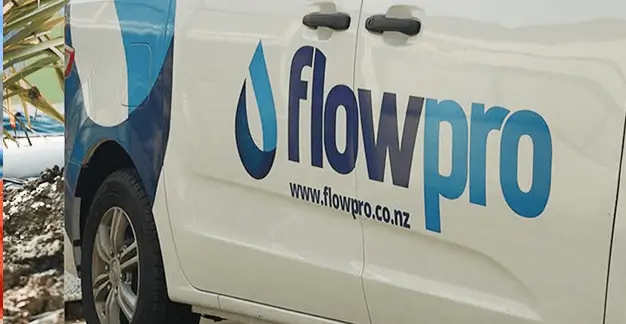
Spot common warning signs
Leaks don’t always announce themselves with a steady drip. Sometimes, the first thing you notice is an odd smell or a faint stain on the ceiling. Keep an eye out for these common red flags:
- Damp or discolored patches: Yellow, brown, or dark spots on walls and ceilings can signal a steady water intrusion. These stains often appear near the top of the wall and gradually expand.
- Musty or mouldy odours: A stale odour can be a giveaway, especially in closed spaces. Mould loves moist conditions and can thrive out of sight in walls or under carpets.
- Swollen or warped materials: Wooden floors, skirting boards, and plasterboard can swell or distort when they’re exposed to ongoing moisture.
- Corroded fixtures: Rusty nails, screws, or plumbing elements inside your home could reflect hidden dampness. Corrosion often signals a slow but steady leak behind the scenes.
- Sagging ceilings: If you see a ceiling starting to bulge, that’s reliable evidence of water pooling above. Immediate action is vital to prevent structural damage or collapse.
Even if you only spot one or two of these issues, it’s wise to investigate further. Leaks can begin with just a few drips and then escalate, affecting the building’s framework and your family’s health. Remember, detecting trouble early spares you bigger costs down the road.
Try simple meter tests
Not every leak leaves a watermark or causes a musty smell. Many leaks are completely concealed from dripping taps in hidden corners to seeping pipes underground. One practical way to confirm a leak is by checking your water meter. Here’s how:
- Choose a quiet time: Pick a window of at least four hours when nobody will use any water. Turn off the dishwasher, washing machine, and irrigation systems.
- Record the meter reading: Note the exact figures on your water meter. Make sure all taps and appliances are off, then wait a few hours.
- Re-check the meter: If the reading has gone up yet no one has run a tap or flushed a toilet it’s very likely there’s a leak somewhere in your system.
Beyond the meter test, you can do a quick inspection of common indoor leak spots:
- Toilets: Put a few drops of food coloring in the cistern. Wait 10–15 minutes without flushing. If color appears in the toilet bowl, the tank is leaking.
- Dripping taps: Examine taps and valves, including rarely used ones (such as an outdoor tap or a garage sink). A slow drip can waste liters of water daily.
- Behind appliances: Check the hoses behind your washing machine and dishwasher for any moisture. Even a small tear in the hose can become a significant leak over time.
- Hot water cylinder: Inspect the pressure relief valve for any constant drips. This part can silently leak and is often overlooked.
These simple tests help isolate leaks early. If you find a steady drip or a hidden culprit that’s tricky to reach, getting professional help ensures a thorough fix.
Check roofs and decks
Spotting sneaky water leaks in your roofing areas can be more challenging, but it’s just as important. Weaknesses in your roof, deck, or balcony can lead to massive damage if water seeps into the supporting structure. You may even attract pests that thrive in damp places.
Look for these rooftop clues
- Loose or damaged shingles: New Zealand’s changing weather can crack roofing materials, creating gaps where water slips through.
- Pooled water on flat surfaces: Any puddle left after a rainy day could mean poor drainage, which eventually leads to leaks.
- Mold or moss growth: While a little moss can appear harmless, thick patches often trap moisture that wears down roofing materials.
Decks and balconies
Decks and balconies are high on the list of potential leak sources. They’re constantly exposed to rain, so any damaged boards, improper seals, or leaky balustrade attachments can channel water indoors. If you spot water marks just inside a balcony door, you might have a failing seal. Similarly, check the edges and corners where water tends to accumulate.
The cost of ignoring these problems can add up quickly. A hidden roof leak isn’t just a source of structural harm it can also raise your energy expenses by soaking insulation. Damp, warm spaces may invite rodents or insects that carry additional health risks. Good news: routine checks and a little maintenance can save you from a host of long-term repairs.
Estimate detection costs
Professional leak detection can help you find the exact source of trouble without tearing up large sections of your home. Teams often use advanced tools like acoustic sensors or thermal imaging to pinpoint leaks hidden behind walls, under foundations, or in ceilings. The cost usually depends on how accessible your leak might be and whether it’s indoors or outdoors. Below is a rough guide on typical leak detection prices across several major regions in New Zealand. Keep in mind these figures exclude GST and can vary by provider.
| Location | Typical Cost Range (NZD) |
|---|---|
| Auckland | $250–$550 |
| Wellington | $200–$600 |
| Christchurch | $220–$580 |
| Hamilton | $200–$550 |
| Tauranga | $200–$550 |
| Dunedin | $220–$500 |
These estimates focus primarily on detection, not repairs. Fixing a leak might involve additional materials or labor. However, catching a leak early is often cheaper than letting it cause widespread water damage. You might also check if your city council offers partial credits toward water bills in cases of proven leakage. If you’re facing financial hardship, Work and Income may help cover essential plumbing repairs.
Act fast to prevent damage
Water leaks never get better on their own. Left alone, even a tiny trickle can rot wooden support beams, spawn mold behind the walls, and send your water bills sky-high. Catching and fixing leaks as early as possible is the best strategy to protect your property.
- Stop further damage: The moment you confirm a leak, shut off water at the main valve if possible. This keeps water from spreading while you plan repairs.
- Assess the repair options: Sometimes you can replace a faulty seal or tighten a connection, but more complicated leaks may need professional intervention.
- Get professional help: A registered plumber can accurately diagnose and fix the underlying issue. You avoid patching a symptom while missing the real cause.
- Keep an eye on your bills: Watch your water usage for a few cycles to ensure that your leak is truly resolved and that there are no other hidden issues.
If you’re ready to make your home or business leak-free, Flowpro Plumbers and Gasfitters can help you navigate everything from emergency fixes to long-term preventive measures. Their team can pinpoint stubborn leaks, recommend a cost-effective solution, and guide you through any repair process. Reach out when you’re ready to secure your property and reclaim your peace of mind.
Frequently asked questions
- Do I need a professional plumber for every leak?
Not always. Small drips from accessible taps or showerheads can sometimes be fixed with a new washer or some plumber’s tape. However, if you’re dealing with unknown causes or hidden leaks, professional insight prevents repeated problems and protects your home’s structure. - How often should I check for leaks?
A basic inspection every few months is usually fine for most households. Pay special attention after heavy rainfall or if you notice unusual spikes in your water bill. Quick checks around your property including the meter, outdoor taps, and high-risk areas go a long way in stopping leaks before they worsen. - Why is my water bill suddenly so high?
A sudden bill increase typically points to a hidden leak. It could be indoors, in your roof space, or even underground. If you’ve confirmed you aren’t using extra water for gardening, dishwashing, or laundry, conduct a meter test and look for damp spots, warped floors, or persistent musty smells. - Will my homeowner’s insurance cover water leak damage?
Policies vary. Some insurers cover unexpected leaks, but not those due to neglected maintenance. It’s important to address any hint of a leak as soon as possible and keep documentation of repairs. Check your policy details or call your provider for specific guidance.
Catching a water leak before it multiplies your repair bills or damages your home’s structure is easier than you might think. By checking for early signs, testing with your water meter, and hiring professionals when needed, you can stay ahead of leaks. Remember, small fixes now prevent big headaches later. You deserve a safe, dry home and a little routine vigilance makes all the difference.
